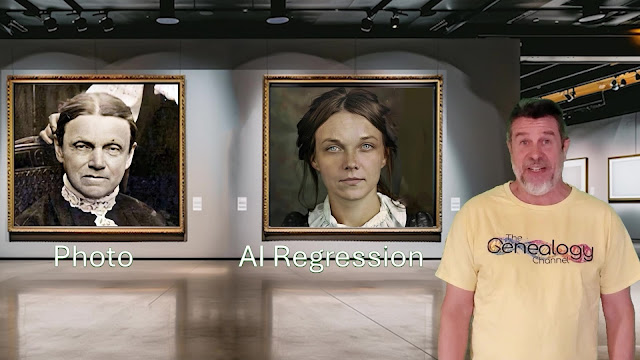Managing Multiple Family Trees
Managing a second family tree as a scratch pad can be a helpful approach for genealogists to test theories, or keep track of speculative information without impacting their main family tree.
Ancestry allows me to create as many family trees as I want. So, I do. I have a tree for my main family and I have trees for specific projects like everyone who has ever lived on my street. I have one family tree that I use as my scratch pad. It’s where I check family lines before I add them to my main tree. My scratch pad tree is used for all my research.
It’s so easy to add additional trees. Just go to Create and Manage trees and select Create a new tree. It will ask you to add a new home person (the first person for the tree), you can enter any name. You will also need to enter at least the father or the mother. It will ask you whether the tree should be public or private. For my scratch pad tree, I make it private. No one needs to see my notes.
Now whenever I’m working on a DNA match with a partial tree, I add the relevant data to my scratch tree and then build a full tree. I work on hundreds of partial trees, so a scratch tree is the perfect place for this information.
You can keep all of your notes in one scratch pad tree or create a new tree for each bit of research that you do. You don’t have to worry whether you get the details correct because the tree is private.
Once I add names to the scratch tree and create a person, it is easier to get hints and search for additional records.
After I validate the details, I can replicate the names and the records to my main tree or leave them in the scratch tree as references for a project that I’m working on.
By maintaining a separate scratch pad family tree, I can explore new avenues of research, keep track of speculative information, and experiment freely without impacting my primary family tree.
Remember to use it as a tool for discovery and creativity while ensuring that validated information is eventually integrated into your main tree.





Comments
Post a Comment